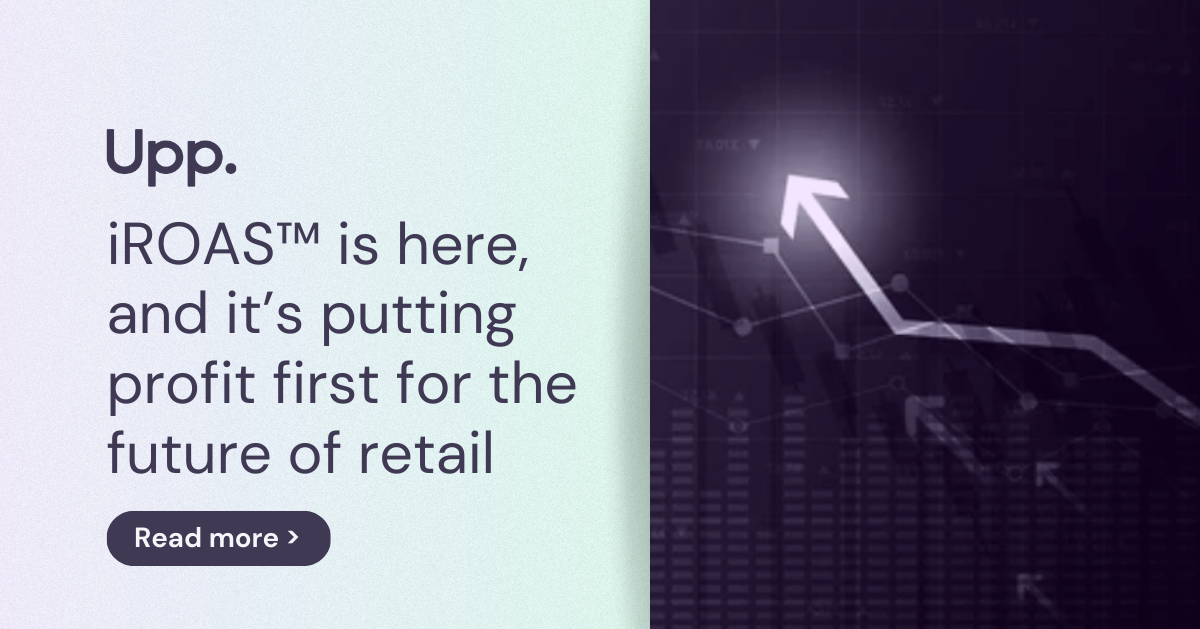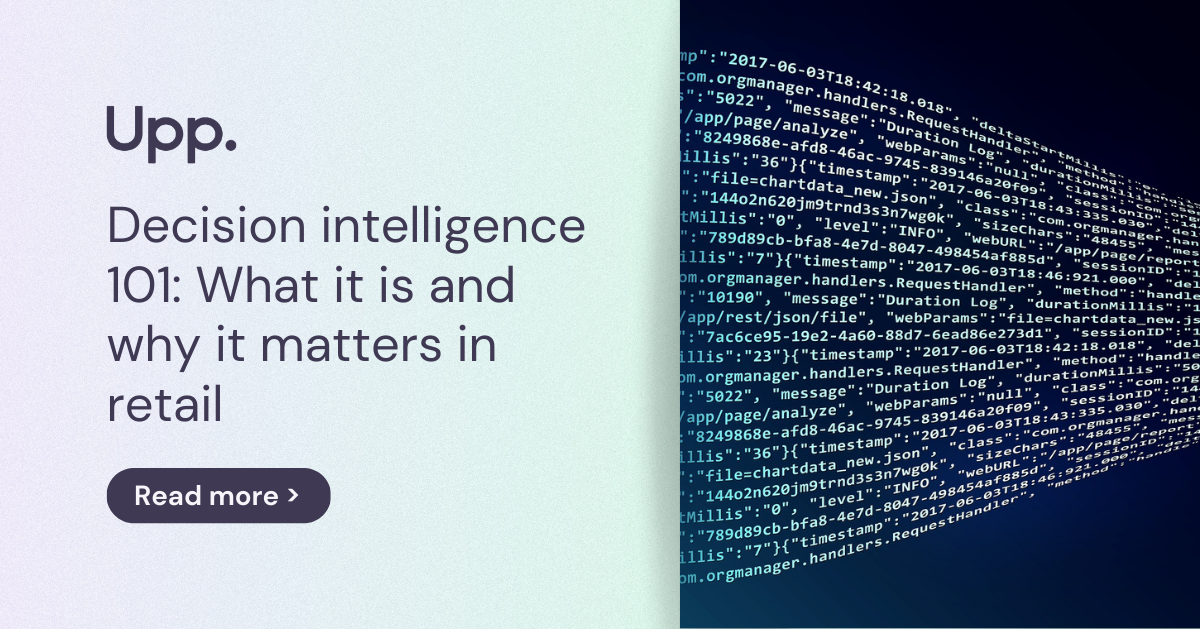Understanding augmented analytics for retailers
In today’s data-driven world, it’s more important than ever to have tools that allow your business to collect and aggregate the various pieces of information that affect your operations. Enter, augmented analytics.
Those data points are varied and wide-ranging – covering everything from competitor activity to the different details that Google uses to support its online shopping tools. And while we’re getting better at finding platforms that help us collect all of this information, there’s still a real gap when it comes to actually using data to drive decision-making.
Part of the problem is that traditional data analytics technology and processes are incredibly complex. That’s great for experienced data scientists, but much less helpful for retailers that simply want to see where they can be more efficient and effective.
Augmented analytics acts as a bridge between these two worlds – retaining the power and scope of data analysis tools, but placing them behind an easy-to-use interface that’s accessible to anyone.
What is augmented analytics?
The clue is in the name. Augmented analytics adds extra layers of functionality and personalisation to data processing that make it easier to interact with. These ‘augmentations’ are powered by new technologies including artificial intelligence and machine learning, which are able to do the hard work of analysing vast amounts of information and then distilling it into the most important takeaways.
For users of augmented analytics programmes, the result is a simple, easy-to-use tool that puts the relevant information right in front of you. From there, you can focus on what’s most important – using those insights to make decisions that will have the most beneficial impact on your business operations.
For this reason, augmented analytics is often referred to as a ‘decision intelligence’ tool, which is a broader term for programmes that leverage advancements in technology to empower better decisions that are backed by cold, hard data.
Why is augmented analytics important in retail?
While augmented analytics and the wider world of decision intelligence are helpful in all sorts of industries, these tools are particularly crucial in the world of retail. That’s largely down to high competition, not only on the high streets but mainly online – fuelled by advertising bidding wars on Google in particular.
Every digital marketing manager already knows that Google Shopping and Google Search Ads are critical avenues for capturing both new and existing retail customers. Google Shopping is a highly competitive arena where different brands compete to reach the top and convert potential buyers. And Google Ads offers an extra layer of targeting to draw those buyers in from searches and other websites across the internet.
Data plays a huge role in both of those platforms, as well as the wider Google ecosystem, but its in-built analytics tools don’t offer retailers the level of detail that they need. For the most part, Google only looks at the data within its own ecosystem, not at wider business data.
Google, as well as many of the other large advertising platforms (Meta, Amazon, Apple) are also withholding increasing amounts of data from advertisers – turning their platforms into a broad, black box and restricting the amount of useful data advertisers can see.
There are traditional marketing analytics tools that aim to fill the gaps that Google doesn’t account for, but these often fall short and, while they may be able to connect advertising platforms together for PPC Managers, are still beholden to how much data those platforms will share with users.
Augmented analytics plugs those gaps. And while its AI and machine learning capabilities may translate the information into more digestible chunks, that never happens at the expense of comprehensiveness. In fact, these technologies make it possible to process far more data, far more quickly – all while taking human error out of the equation.
The result for retailers is clear, actionable insights that can take success on Google’s platforms to the next level. Combining the power and reach of tools like Google Shopping with integrated decision intelligence capabilities that allow you to see more of your own information in real time, and use it to make more effective choices. PPC managers using Upp’s augmented analytics simply have a competitive advantage.
Upp.AI drives better retail decisions
Upp. is the first decision intelligence platform designed specifically for retailers that invest in Google Shopping. Incorporating augmented analytics that continuously analyses thousands of data points, Upp.AI strikes the perfect balance between form and function, with an interface that’s easy for any retailer to use and that leverages AI to identify and automatically action the decisions that will best benefit the bottom line.
The result is essentially an all-inclusive tool that covers every aspect of a retail business’s data operations. Roll over traditional PPC management, AI brings new possibilities to an industry that is tired of working in retrospectives and being hampered by black boxes. Upp.AI eliminates complexities and focuses on the only thing that matters – improving the chances of success in a competitive online retail market.



